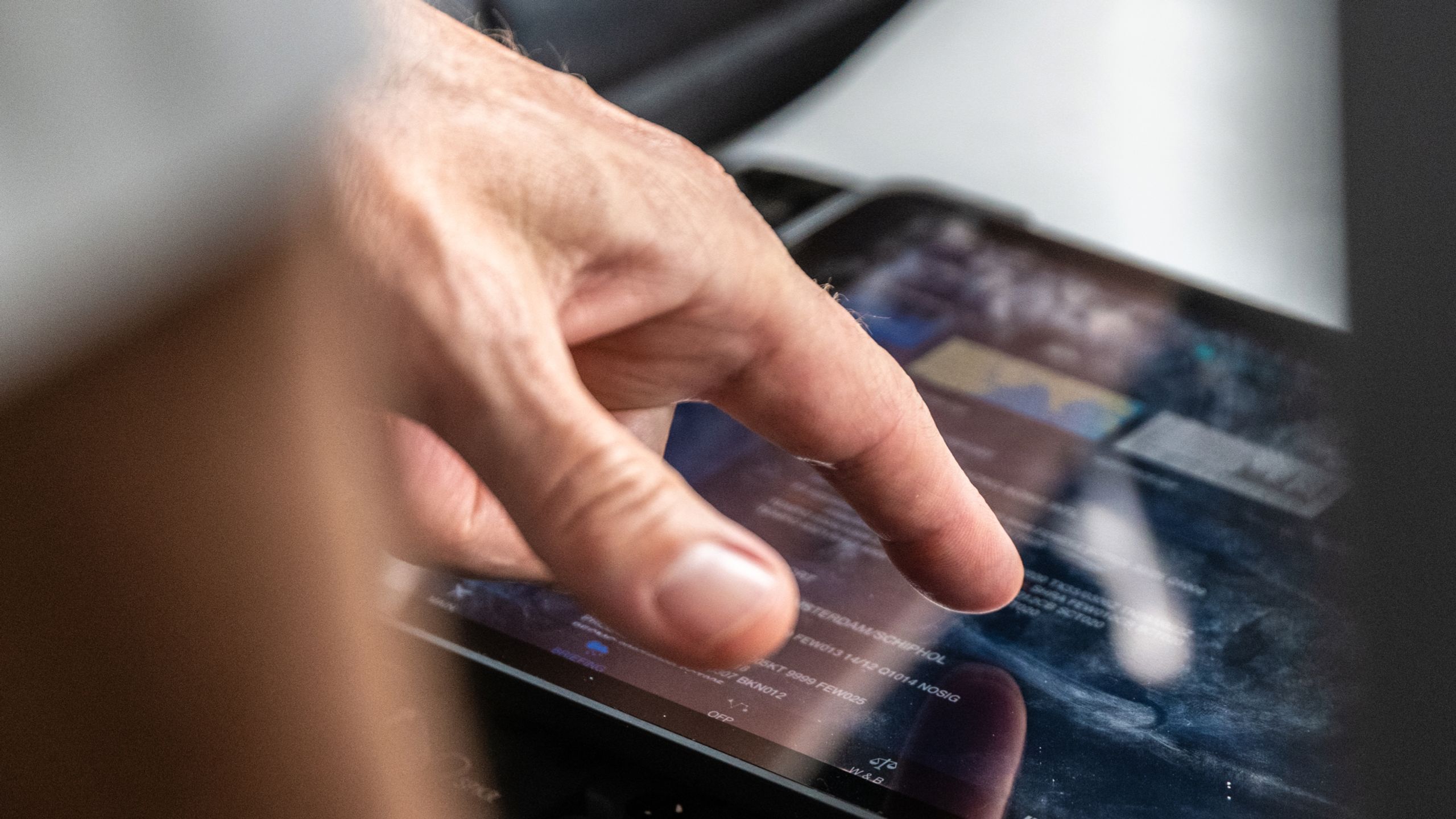Everything you wanted to know about KLM data centers
This is a new era in IT. We are living in a data driven reality. We are using data to make our operations more efficient.

Why does KLM have a data center?
We planned and built our original data center at the end of last century. As it turns out, the size of hardware keeps shrinking while performance increases. This means that we can use less of our original datacenter nowadays. However, the use of data and IT infrastructure is accelerating at an ever-increasing speed. Since KLM is an airline at its heart and not an IT company, we decided to transform our infrastructure from traditional servers to cloud-based infrastructure.
Does this bring new possibilities?
Infrastructure is a commodity nowadays. We can scale up or down according to our needs. When KLM hosts a large marketing campaign that attracts many visitors, we can scale up extra capacity in a matter of seconds. At the end of the campaign, we turn off the extra capacity, and we stop paying for them. For us as an airline, it is the best way to work. We can be flexible according to our needs.
We work with our development teams to ensure that the majority of our applications of both KLM and Air France continue to run smoothly when we migrate from our internal data center to the cloud. Because we use the cloud services of Microsoft Azure, the turnaround time is short, with a lot of flexibility and extra functionality.

What’s a use case of this new data-driven reality?
One of the main drivers in our operations is the turnaround time of an airplane. When a plane arrives at the gate, how fast can we unload it, welcome our new passengers and make sure it leaves the gate on time. IT has a big supporting role in this. One of the delays can be one of our passengers missing their flight. We have to unload their checked baggage from the plane then. We work on a model where we can predict someone missing their plane, based on multiple factors. Maybe someone likes to shop and has a long walk from gate A to gate D. Could be it’s a family with children who have a stop at the food court. These are all factors for a passenger to miss their flight. If we know this in a privacy-friendly way, we can mark their luggage and place it in front of the belly. This way, when they do miss their flight, we can quickly unload it. These prediction models are based on a lot of data we need to receive, store and analyse. Our new cloud solution is perfectly suited for this.
We see infrastructure as code
We see infrastructure as code. We use a cloud infrastructure, so everything we do is software-based. Our development teams use CI/CD (Continuous Integration and Continuous Deployment) by default so when we migrate a service to our production environment, all the underlying components like databases, API and middleware, and infrastructure are automatically integrated and provisioned.
The robustness of our infrastructure and services is key, but that doesn’t mean we don’t innovate. We work a lot with robotization and artificial intelligence. The next wave will be to explore how we can use this to support our own IT business.
What are the challenges with your teams?
The emergence of more agility and the use of public cloud providers like AWS, Azure, and Google Cloud Platform changed the expectations for the speed at which IT applications and services could be delivered. We come from a traditional command and control structure where every team had their application with databases and services in a silo. We are transforming to a way of working where a self-supporting platform team sets priorities and decides where to deliver value to the business in a shorter time frame.
Our teams decide where to deliver value to the business in a shorter time frame
Furthermore, we need to shift our focus from our traditional way of working towards faster time to market and providing the flexibility to react quicker to changing business demand. To achieve that, we change our way of working, embrace DevOps and bring our teams along with this.
Instead of working in a physical datacenter, we have to look at servers, infrastructure, and services in a new way. That’s why we invest in the education of our employees. We need everyone at KLM to travel with us in this new digital transformation.
Pathfinder: A leap forward in schedule optimisation

